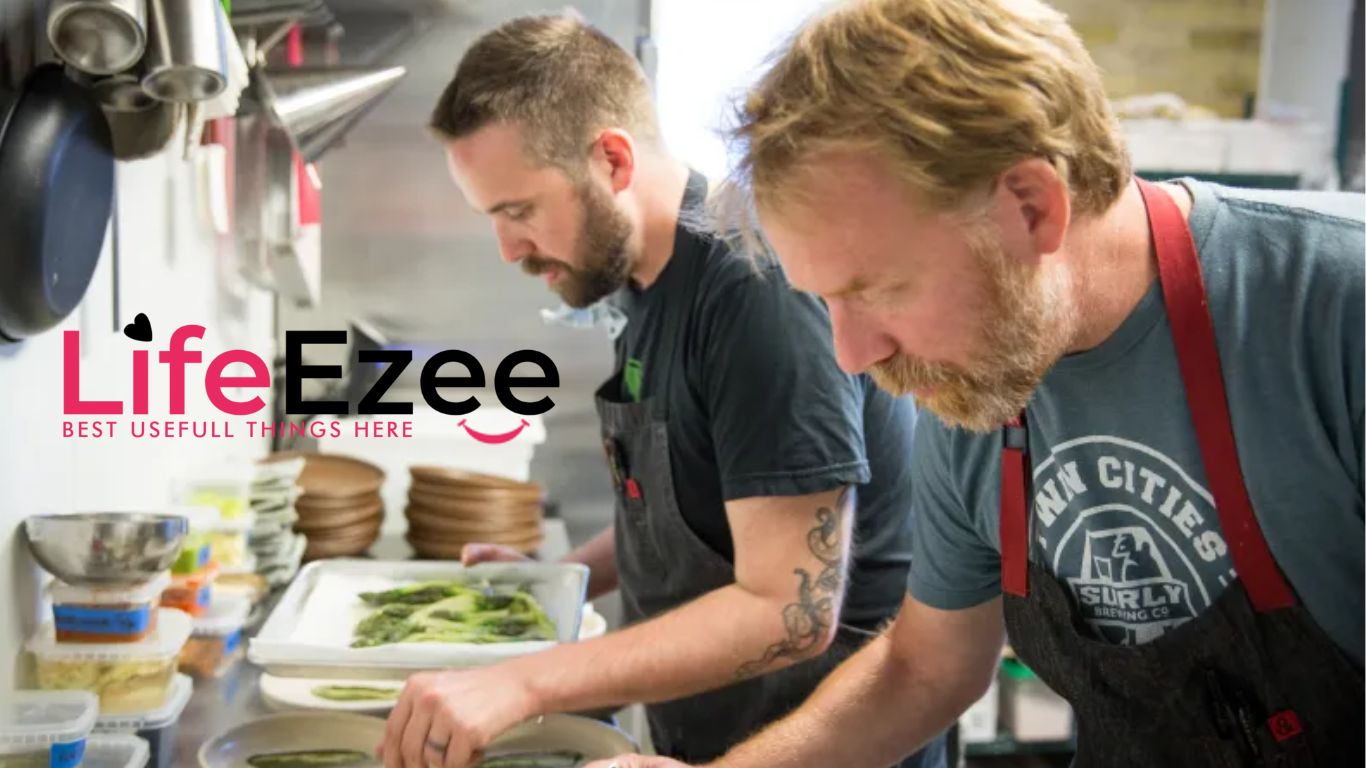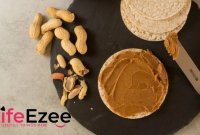On holidays, some things can be performed for the sake of tradition. Red hearts are strung about, eggs are painted, flags are flown, pumpkins are carved, and turkey is eaten. Turkey on Thanksgiving is simply a type of giving in life. The query, “What are you having for dinner” on Thanksgiving day, is rarely one thing that must be requested. That would simply be ridiculous. But what if – attributable to some extraordinarily blasphemous flaw in your genetic design – you (gasp) don’t take care of turkey? What for those who’ve spent their whole life hiding their distaste for this blandest of birds, and your entire Thanksgiving profession has been a lie? First of all, forgive yourself. Turkey could be dry and gross and, if we’re sincere, might be the least thrilling protein on the market. Save for, maybe, boneless, skinless rooster breast. That’s why we love a non-traditional Thanksgiving meal. This year, give yourself some grace and step away from the Thanksgiving turkey. Instead, think about duck.
There are loads of non-turkey Thanksgiving meal concepts on the market, and we’re utterly on board with this pattern. From a complete roasted salmon to a chic prime rib, to an informal outside crab feed, there are millions of methods to have a good time in the spirit of thankfulness that don’t have anything to do with turkey. But this recipe would possibly simply be our favourite. One that also options poultry, however, lacks the lacklustre custom only for custom’s sake.
Chefs Dan Jacobs and Dan Van Rite, of esteemed Milwaukee eating, places DanDan and EsterEv, have shared with The Manual their well-known dry-aged roast duck as a tremendous difference from a boring turkey this Thanksgiving. These five-time James Beard-nominated cooks have decided to show your drained vacation desk into one thing deliciously thrilling with this recipe, and we’re right here for it. Their wonderful dry-aged roast duck recipe offers a simple dry-ageing approach to tenderize the meat, develop taste, and guarantee further crispy skin. The best half is there are no fancy tools or elements mandatory.
Related
- Our mashed potato recipe is the one you’ll ever need (and it’s simple to memorize, too!)
- Forget the wine this Thanksgiving: 5 batch cocktails that simply are likely to be higher in your group dinner
- Give your mashed potatoes a singular twist this Thanksgiving
Dry growing older meat at home feels like an intimidating course, however, all that’s wanted is a bit further room within the fridge. Dry growing older is a technique of tenderizing and flavouring meat that helps to develop a much more wealthy and sturdy taste than it might have when recent. And sure, it may be safely performed at home. Refrigerators have built-in circulation programs that can permit recent air to encompass the meat because it dry-ages, preserving it cool, dry, and secure from microorganisms.
And whereas this recipe requires merely roasting in a daily oven, Chef Van Rite explains {that a} combi oven works even higher, telling The Manual, “At EsterEv, we cook our duck in a combi oven at 378 degrees with 60% humidity. We roast it for seven minutes and then flip it for another seven minutes before letting it rest for 10-15 minutes. If you have access to one, the combi oven elevates the taste of the bird.”
Chef Dan Jacobs + Dan Van Rite’s Dry-Aged Duck Recipe
While the duck is fairly extensively obtainable in most grocery shops nowadays, discovering the precise one for this recipe could also be tough. Chef Dan Van Rite says, “We always recommend fresh duck if you have the option. We source our duck from D’Artagnan, which sells fresh duck breast (4 ct) for $44.99 at 7.8oz/ breast. We like the Rohan duck because the skin is a bit thicker than your typical Peking duck, which gives it a gamier flavour profile. Rohan duck has bigger breasts and smaller legs, which is what you want, compared to Peking duck which has smaller breasts and bigger legs.”
Ingredients:
- 4 recent duck breasts
- Fresh thyme, to taste
- Cinnamon, to taste
- Garlic, to taste
- Salt, to taste
- 2 tablespoons honey
Method:
- Leave the duck breasts intact on the rib cage. Legs and spine are saved individually.
- Let the duck chill in your designated dry age space within the fridge for 14 days (even a mini-fridge would work).
- Prep: Prepare your mattress of thyme, cinnamon, garlic + different herbs to your liking on a half-sheet tray.
- Place the breast and legs on the mattress of herbs; smother the floor of the skin with 2 tbsp of honey
Generously season with salt. - Roast in the oven on a wire rack for 12-15 minutes at 400F.
- Remove from the oven and let relaxation for 12-15 minutes earlier than slicing. Duck is best served like a medium-rare steak.




